Most visitors to Assisi rush to see the famous Basilica of St. Francis. However, the true magic of this Umbrian hill town lies in its hidden corners. Walking away from the crowds led me to charming medieval alleyways, tiny chapels, and breathtaking views that many tourists never experience. The most rewarding moments in Assisi come when you wander off the main paths and discover the “little portion” of the town that locals cherish.
During my visits to Assisi, I’ve found joy in getting deliberately lost among the stone houses and small piazzas. The Portiuncula, a tiny 10th-century chapel inside the larger Santa Maria degli Angeli basilica, offers a deeply moving experience without the crowds. It’s where St. Francis lived and prayed, and its simplicity stands in stark contrast to the grander basilicas.
Local guides have shown me treasures I would have missed on my own – secret viewpoints, family-run shops selling handmade crafts, and quiet corners where you can sit and absorb the peaceful atmosphere that has drawn pilgrims to Assisi for centuries. The Italy I love most isn’t found in guidebook highlights but in these lesser-known spots where the country’s heart and soul shine through.
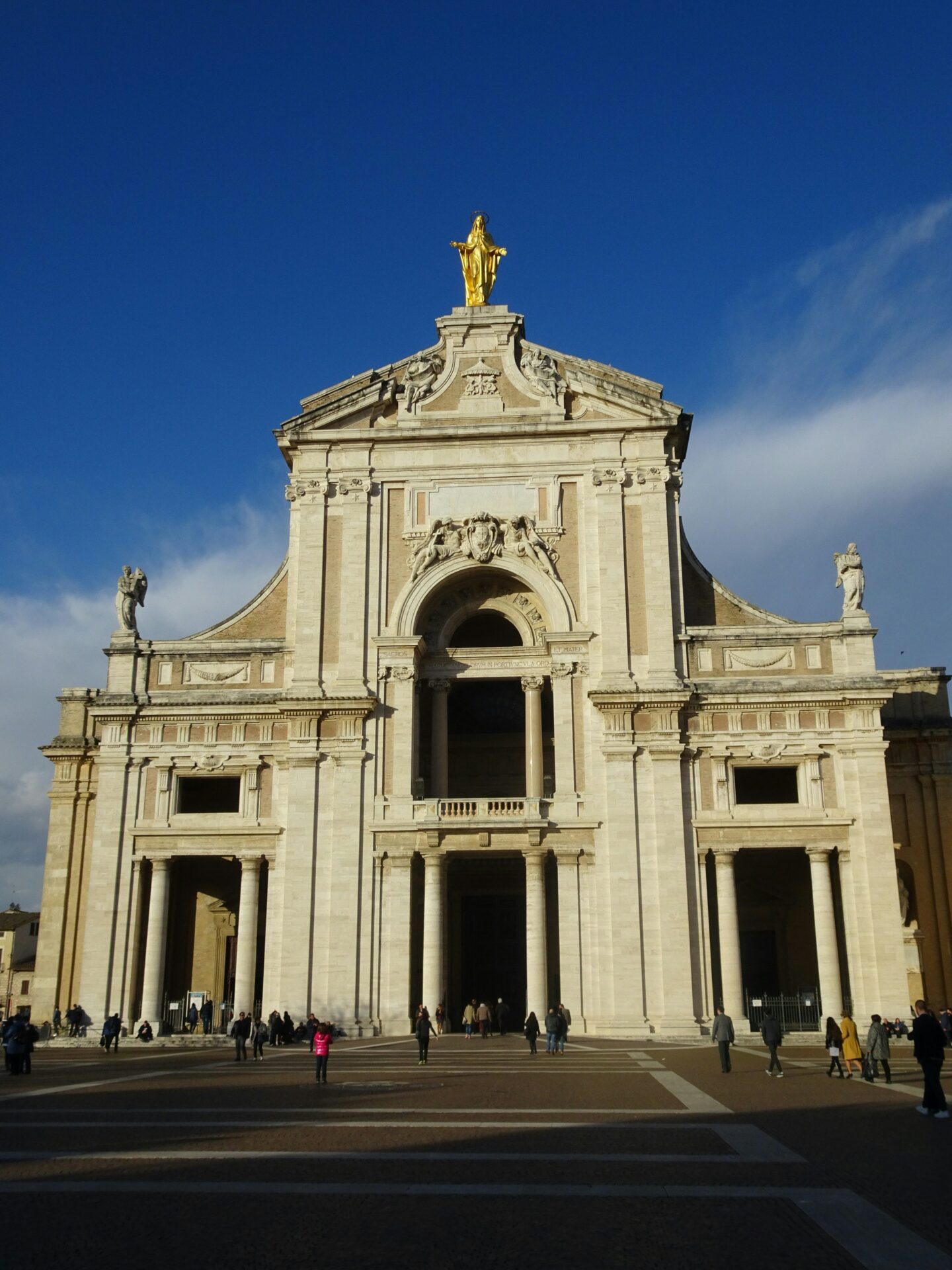
Tracing the Footsteps of St. Francis
Walking the ancient paths of Assisi offers a profound connection to St. Francis’s spiritual journey. These hidden spots reveal the saint’s humble beginnings and deep commitment to prayer away from the bustling pilgrimage sites.
The San Damiano Convent
I discovered San Damiano just a short walk from Assisi’s center, down a peaceful cypress-lined path. This simple stone church holds tremendous significance in Franciscan history. It was here that Francis heard the crucifix speak to him, commanding: “Go and repair my house.”
The small chapel retains its medieval charm with minimal decoration. I was moved by the original wooden choir stalls where St. Clare and her sisters once prayed. The convent’s simplicity reflects Francis’s embrace of poverty and rejection of worldly possessions.
Visitors can explore the refectory where the Poor Clares shared meals and the small garden where they grew herbs. The peaceful atmosphere makes it easy to understand why this spot became a spiritual haven.
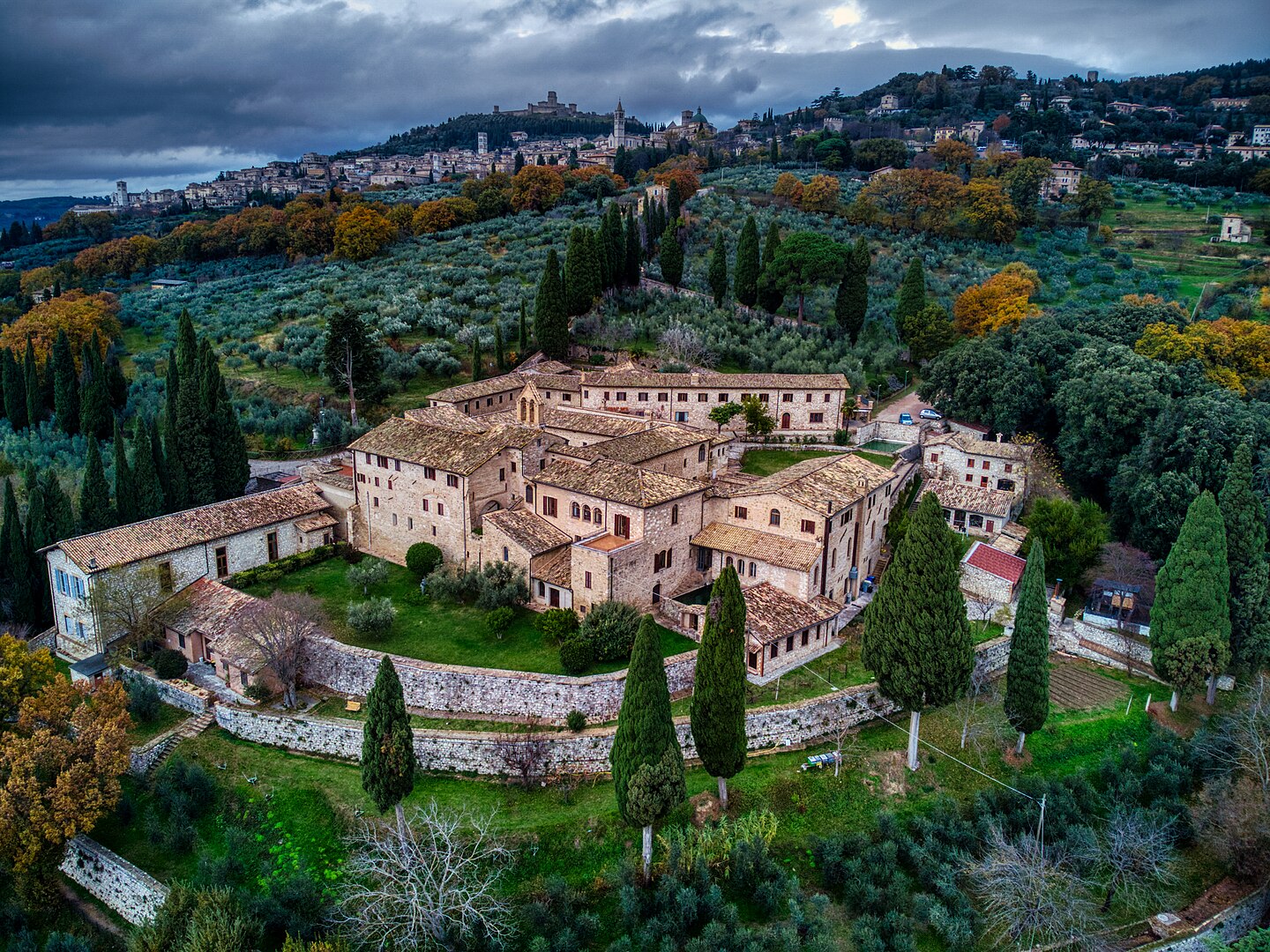
Eremo delle Carceri Hermitage
Hiking up Mount Subasio, I found the Eremo delle Carceri nestled among ancient oak trees. This hermitage, whose name means “prison” or “isolated places,” served as Francis’s wilderness retreat for prayer and contemplation.
The tiny cells carved into rock show the extreme simplicity Francis embraced. I sat in the small grove where, according to tradition, Francis preached to birds. The silence here is profound—broken only by birdsong and rustling leaves.
Small chapels dot the hermitage grounds, including one built around the cave where Francis often slept. The natural spring still provides cool, refreshing water to pilgrims. This remote sanctuary reveals a different side of Francis’s spirituality—his deep connection to nature and need for solitary prayer.
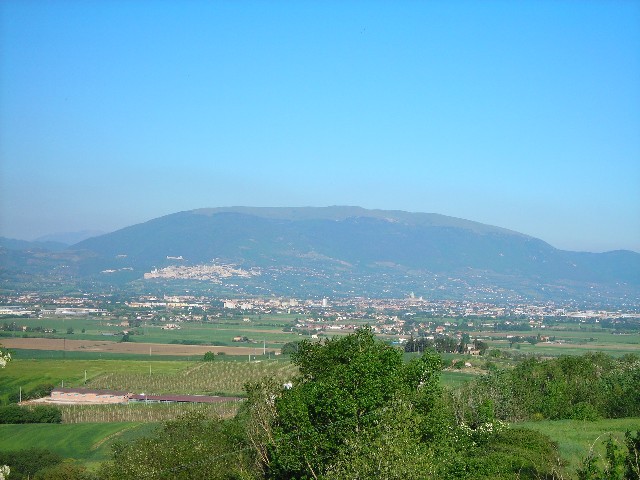
Artistic Wonders Beyond the Basilica
While the Basilica of San Francesco draws most visitors to Assisi, the town harbors artistic treasures that often go unnoticed. I’ve discovered that some of Assisi’s most breathtaking artwork is tucked away in less crowded venues that reward those willing to venture beyond the main attraction.
Frescoes of the Civic Museum
The Civic Museum (Museo Civico) houses an impressive collection of frescoes that I find just as moving as those in the Basilica. Located in the central Piazza del Comune, this hidden gem showcases works from the 14th century that tell the story of Assisi’s rich cultural heritage.
What struck me most was a series of fragments attributed to Giotto’s workshop. The colors remain vibrant despite their age, with blues and golds that seem to glow from within. Unlike the crowded Basilica, I could study these masterpieces in peaceful solitude.
The museum also preserves several pieces by Cimabue’s followers, showing the artistic transition that was happening throughout Umbria during this pivotal period. The detailed religious scenes offer an intimate glimpse into medieval spiritual life.
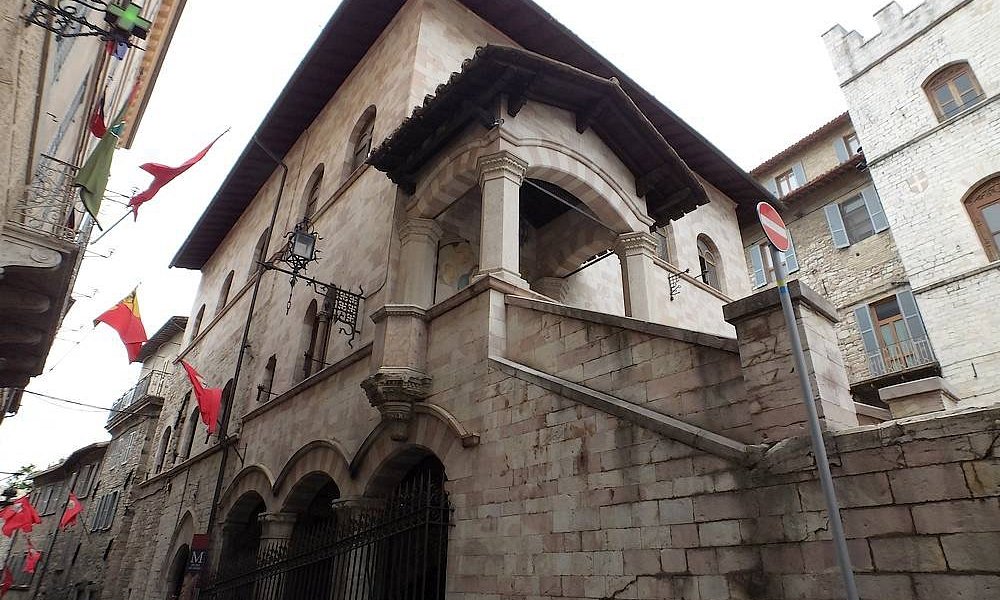
Chapel of St. Martin
Tucked within the Lower Basilica but often overlooked by visitors rushing to see Giotto’s famous frescoes is the Chapel of St. Martin. I stumbled upon this space almost by accident and found myself alone with some of the most beautiful storytelling frescoes in all of Assisi.
The chapel contains a complete cycle of frescoes depicting the life of St. Martin of Tours, painted by Simone Martini around 1322-1326. The artist’s use of gold leaf creates a luminous quality that I haven’t seen matched elsewhere in Assisi.
What makes these frescoes special is their remarkable attention to everyday details – the clothing, architecture, and human expressions all feel incredibly modern and relatable. I spent nearly an hour studying the scene where St. Martin shares his cloak with a beggar.
The intimate scale of the chapel creates a personal connection with the artwork that’s sometimes lost in larger spaces.

Assisi’s Hidden Architectural Gems
While exploring Assisi, I discovered that beyond the famous Basilica of San Francesco lie architectural treasures that many visitors overlook. These hidden gems reveal different chapters of the town’s rich history and artistic heritage.
Santa Maria Maggiore Church
Walking through Assisi’s winding streets, I stumbled upon Santa Maria Maggiore, one of the town’s oldest churches. Built in the 10th century, this Baroque church stands on the site of an ancient Roman building.
The interior took my breath away with its stunning frescoes and ornate decorations. I spent nearly an hour admiring the vibrant stained glass windows that cast colorful patterns across the marble floor when sunlight streams through.
What makes this church special is its relative tranquility. While tourists flock to the Basilica, I found myself almost alone here, able to appreciate the detailed artwork and peaceful atmosphere.
The church also features an impressive pipe organ that dates back to the 17th century. If you’re lucky, you might catch a practice session – the acoustics are remarkable!

Rocca Maggiore Fortress
Perched dramatically above Assisi, Rocca Maggiore offered me the most spectacular views of the Umbrian countryside. This 12th-century fortress tells the story of Assisi’s military past.
I climbed the ancient stone steps to reach the fortress walls. The effort was worth it – from the top, I could see the entire town spread below me, with olive groves and vineyards stretching to the horizon.
The fortress includes several towers connected by a walkway. I explored the Great Cloister area, where soldiers once trained. The museum inside houses medieval weapons and artifacts that bring Assisi’s military history to life.
For the best photos, I’d recommend visiting in late afternoon when the golden light bathes the stone walls. The fortress stays open until evening during summer months, making it perfect for sunset views.

Sacred Sites of Serenity and Reflection
Assisi holds many peaceful sanctuaries beyond the famous Basilica of St. Francis where pilgrims can find moments of quiet contemplation. These lesser-known sacred spaces offer a glimpse into the rich spiritual heritage that defines this medieval town.
Chiesa Nuova
I stumbled upon Chiesa Nuova while wandering through Assisi’s narrow streets. This modest church was built in 1615 on the site of what was believed to be Francis’s family home. The simplicity of the space immediately struck me.
Inside, I found myself drawn to the small crypt where tradition says Francis was imprisoned by his father. The space feels intimate and personal, unlike the grandeur of larger basilicas.
What makes this church special is how it connects visitors to Francis’s early life. The altar is beautifully crafted yet understated, maintaining the humble spirit of Francis himself.
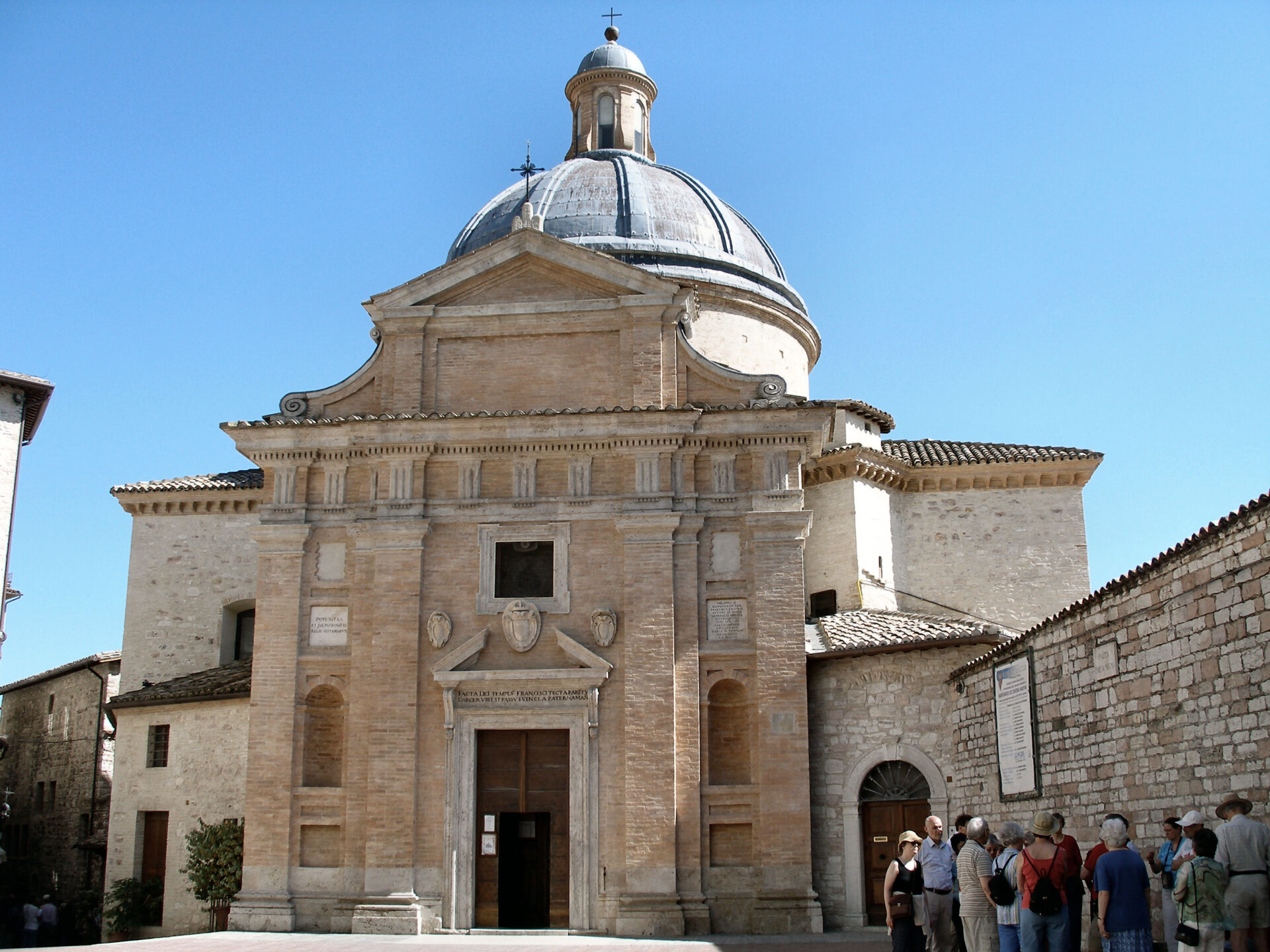
Basilica di Santa Chiara
The pink and white striped façade of Santa Chiara’s Basilica caught my eye from across the piazza. This church honors St. Clare, Francis’s devoted follower who founded the Order of Poor Ladies.
When I stepped inside, the spacious nave felt peaceful compared to the more crowded Basilica of St. Francis. The highlight was seeing the original crucifix that reportedly spoke to Francis, inspiring his spiritual journey.
In the crypt below, pilgrims gather around Clare’s tomb. I watched as visitors touched the glass reverently, connecting with her legacy of devotion and simplicity.
The basilica’s location offers stunning views of the Umbrian valley, making it a perfect spot for both spiritual reflection and appreciating Assisi’s natural beauty.
Festivals and Seasonal Celebrations
Assisi comes alive through its vibrant festivals that showcase the town’s rich cultural heritage and religious significance. These celebrations offer a perfect opportunity to experience local traditions and connect with the community spirit that makes this Umbrian gem so special.
Calendimaggio Spring Festival
I discovered Calendimaggio during my spring visit to Assisi, and it completely transformed my experience of the town. This vibrant medieval festival takes place in early May, dividing Assisi into two competing parts: Parte de Sopra (Upper Part) and Parte de Sotto (Lower Part).
The streets fill with locals dressed in stunning medieval costumes, competing in traditional games, music performances, and theatrical representations. The atmosphere is electric as flags wave and drums beat through narrow stone streets.
What makes this festival special is how the entire town participates. Residents decorate their homes with colorful flowers and banners representing their district. The competition culminates in the crowning of Madonna Primavera (Spring Lady), celebrating the arrival of the new season.

Feast of St. Francis
The Feast of St. Francis on October 4th is Assisi’s most spiritually significant celebration. As the birthplace of the beloved saint, the town honors its patron with solemn religious ceremonies and joyful community gatherings.
I attended last year and was moved by the candlelit procession that winds through Assisi’s ancient streets to the Basilica of St. Francis. Pilgrims from around the world join local devotees in prayer and reflection.
The celebration includes special masses, blessing of animals (reflecting Francis’s love for all creatures), and the offering of olive oil used to keep the eternal lamp burning at the saint’s tomb. Local families prepare traditional Umbrian dishes, and small food stalls serve regional specialties in the town squares.
The evening concludes with gentle music performances that capture Francis’s appreciation for nature’s harmony and peace.
Guided Experiences and Local Traditions
Exploring Assisi with local guides offers insights that guidebooks simply can’t provide. These experiences connect visitors with authentic traditions and reveal hidden aspects of the city that many tourists miss.

Culinary Tours and Tastings
I discovered that food tours in Assisi showcase the rich flavors of Umbrian cuisine beyond what you’d find in typical restaurants. Local guides took me to family-owned trattorias where I sampled truffle-infused dishes and regional specialties like torta al testo (flatbread) with local prosciutto.
Wine tastings in the countryside surrounding Assisi introduced me to Sagrantino, Umbria’s powerful red wine. The experience was intimate and educational, with vineyard owners explaining their traditions passed down through generations.
Olive oil tastings were another highlight of my culinary journey. I learned to distinguish the peppery finish of authentic Umbrian olive oil from mass-produced varieties. These tastings often take place in historic mills where families have pressed olives for centuries.

Guided Historical Walks
Walking Assisi’s narrow streets with a knowledgeable guide transformed my understanding of this medieval town. Unlike the crowded tours at the Basilica, these walks explore quieter corners and lesser-known historical sites.
My guide pointed out ancient Roman ruins hidden beneath medieval structures. They also explained how Assisi’s architecture evolved through different ruling periods. These details would have completely escaped my notice without expert guidance.
Many walks extend beyond the city walls to paths where St. Francis himself walked. The countryside views rival those of more famous Tuscan landscapes but with fewer tourists. These trails connect Assisi to smaller villages that maintain traditions largely unchanged for centuries.
I found that guides often include side trips to nearby Perugia or comparisons with Florence’s art history. This provides context that deepened my appreciation of Assisi’s unique character. For the best experience, I recommend booking with smaller tour companies that specialize in personalized, in-depth explorations.

